Season bodes well for most grain growers
By Angus Groves
13th July, 2022
As we approach the mid-point of the winter months, the Australian crop conditions are for the most part, well setup right across the country. Most regions, with the exception of some in NSW, are looking out the window and are holding an optimistic bias over their crop prospects.
Our friends in Western Australia have had a largely positive start to the cropping year. Beginning with moisture from the remnants of a tropical cyclone and continuing with more accustomed winter-type rain bearing systems. The WA crop is not set up to be as large as last years’ record crop, but it doesn’t look to be far behind if the spring weather is kind.
The South Australian farmers had a later start than what most considered ‘normal’, however they got a very even break when it arrived and have picked up timely rainfall since then. If the Bureau of Meteorology’s wetter forecast comes off, the SA crop will be primed for above average production this year.
This leads into Victoria, where they haven’t missed a beat from the start. Unlike NSW, our cousins over the border didn’t have sowing hampered by too much rain. And the bulk of the crop went in on time and rocketed out of the ground. Since then, they’ve had consistent and well-timed rainfall events, which has allowed both sowing and fertilising programs to continue unabated. The crop in the Mallee this year is literally off the charts in terms of biomass. But one thing all Mallee farmers will remind us of – “big crops fall hard out here if there is no rain in the spring”
The last crop to dissect is New South Wales & Queensland, where we’ve had a torrid time of sowing thanks to the recently broken down La Nina. Most regions north of the Murrumbidgee River have had some form of resowing to do, with many having planted two or three times over since April. The furthest western cropping areas have had much better sowing conditions than those further east, some of which still don’t have a crop established. It’s safe to say NSW crop production won’t be close to what we produced last year.
Looking towards global markets recently, we saw the futures market strongly sell-off in the last fortnight with concerns of a global recession and harvest commencing in the Northern Hemisphere. Put very simply, it meant there were a lot more sellers than buyers in recent weeks. However, in recent days we have seen some sort of recovery with futures bouncing off 4-month lows as the market continues to watch a number of causes for concern.
These are primarily around the continuing crisis between Russia and Ukraine, preventing global supplies from reaching their intended destinations as well as the drier and hotter outlook for key growing regions in the US. The US is approaching its key corn pollination stage in July, so any hot and dry stretch can greatly affect final yields. Another input to watch closely will be Chinese demand, as there have been rumours of increased appetite from The Sleeping Giant.
Grain prices go for elevator ride

The saying goes that markets take the stairs up and the elevator down, which suggests that markets tend to fall faster than they rise.
Read MoreGrain growers welcome improved conditions
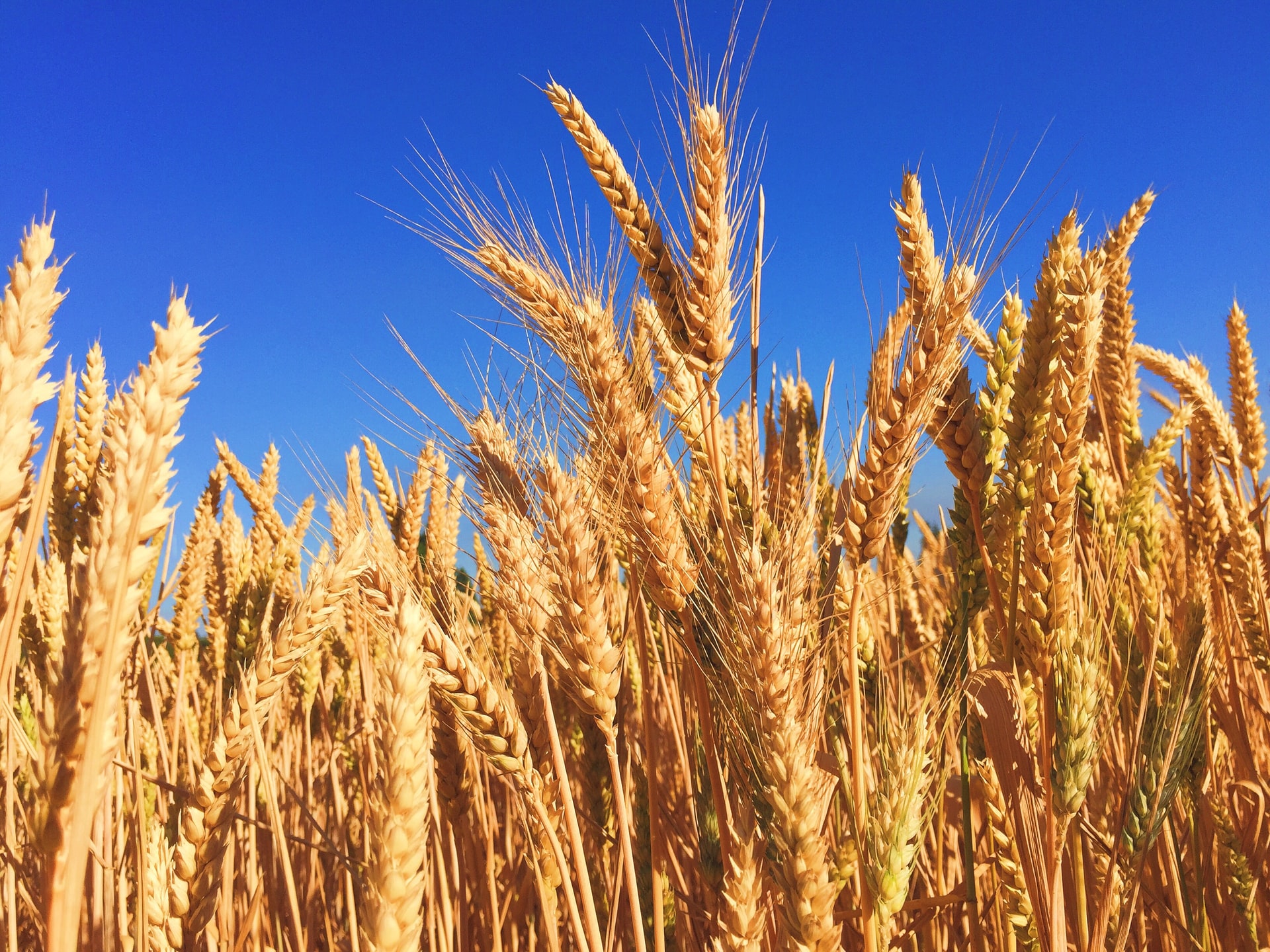
Never in recent history has it felt like the ag commodities market has exhibited such volatility in such a short space of time.
Read MoreConsistent wet spell adds to 'normal' year

In what we used to call a ‘normal’ year, the end of June has quite commonly been associated with the conclusion of the winter sowing program.
Read MoreWeather woes as market slows
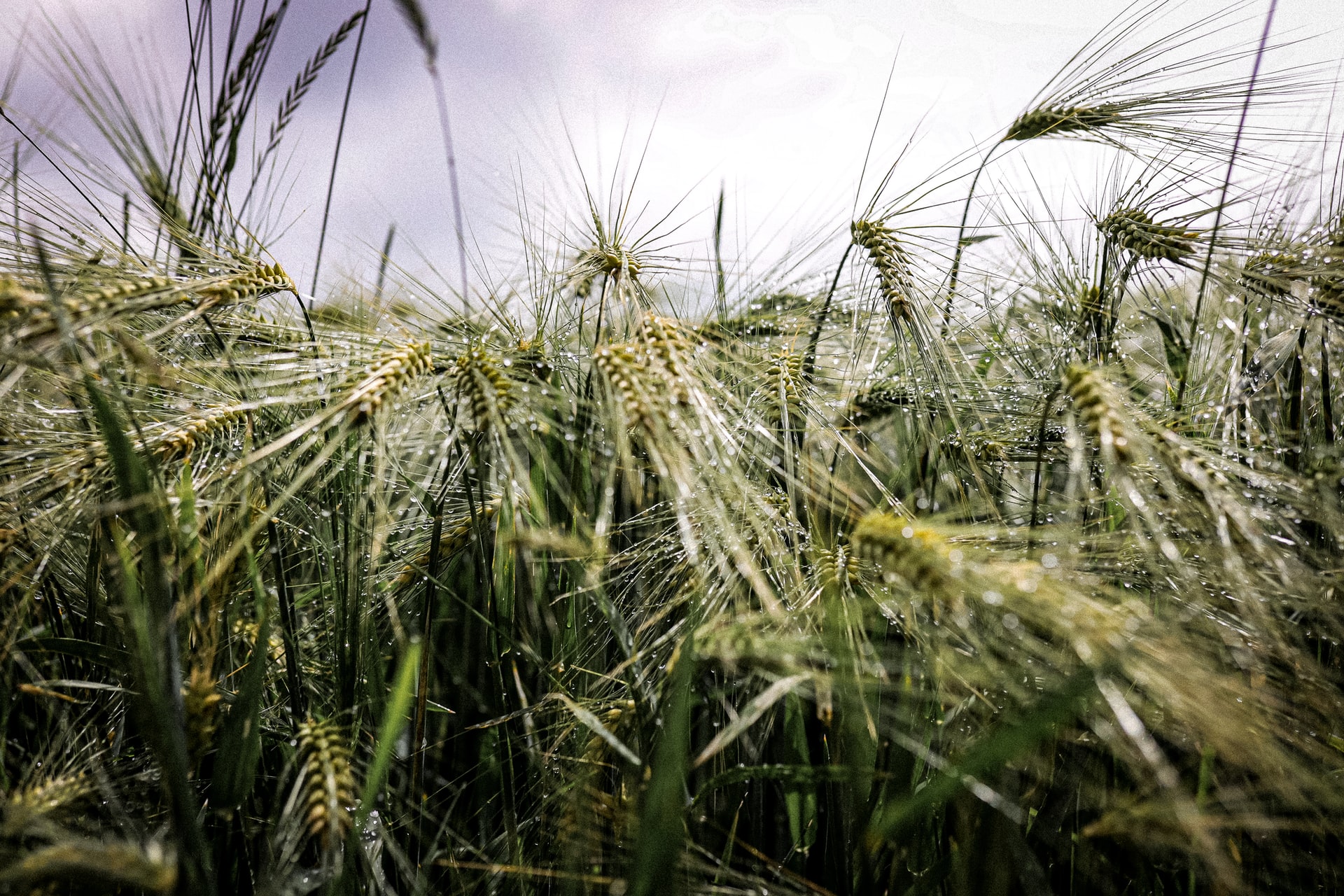
The Australian Bureau of Agricultural Resource Economics and Sciences (ABARES) recently released its June report, tipping Australia to produce its fourth largest winter crop on record at 50.9 million tonnes.
Read MoreCash markets shiver along with the growers

As much of the country shivers through a cold blast, one could be mistaken for thinking the weather had somehow managed to take the heat out of cash markets as well.
Read MoreA quieter week at the Chiropractors Clinic
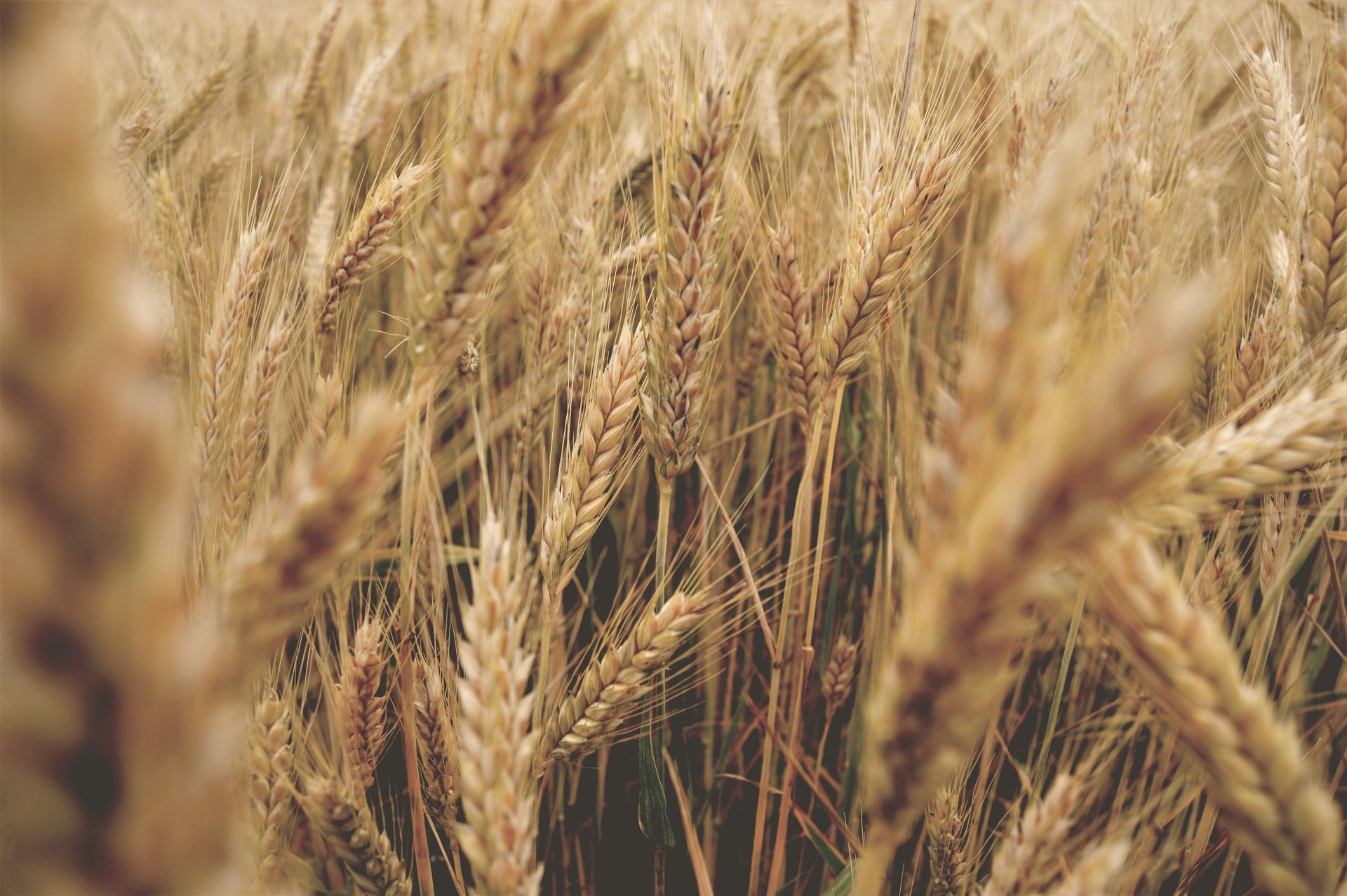
Of late, it would seem, a market-moving event was a daily occurence, with both domestic and international commodity values reacting accordingly.
Read MoreGrains market lifts in face of season’s challenges

International wheat futures have consolidated this week after rallying last week on the back of India’s decision to abruptly ban exports.
Read More
Indian export ban causes import headaches
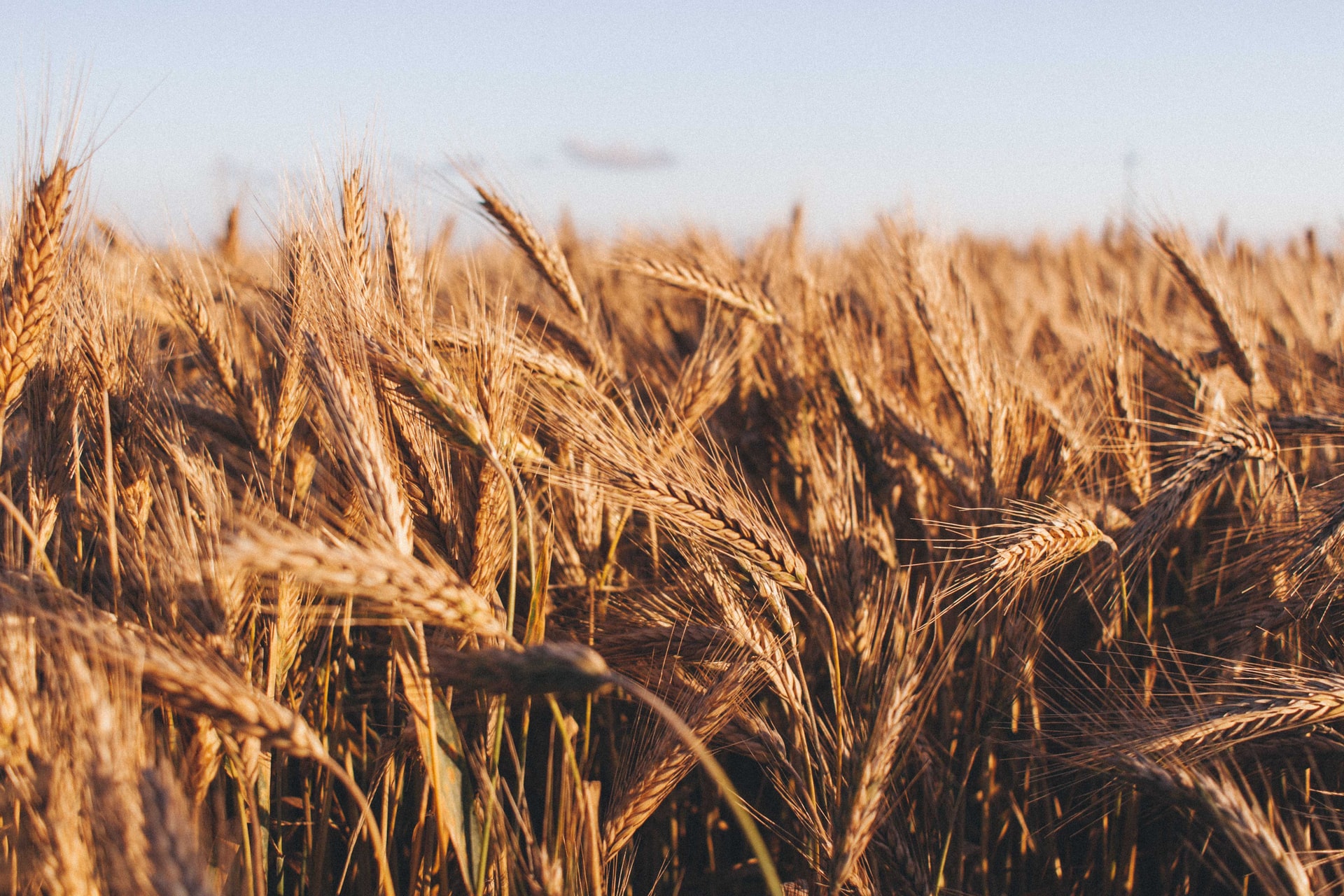
The global market caught a shock late last week when India announced an abrupt ban on its wheat exports on May 14.
Read MoreA logistical nightmare
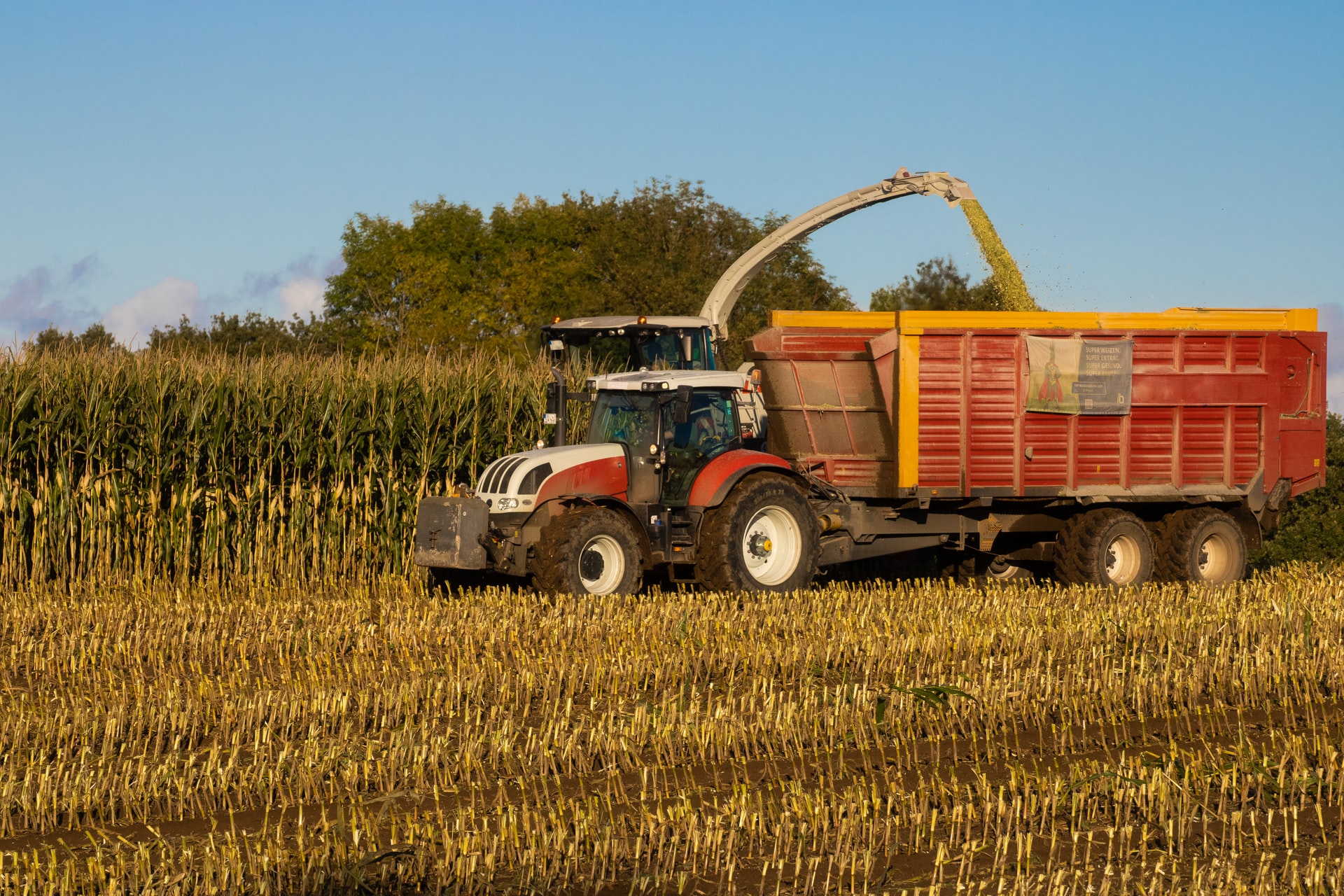
The recent harvest provided a physical and emotional rollercoaster with the highlights of big yields and strong pricing counterbalanced by persistent harvest rains and the subsequent delays and quality issues.
Read MoreOilseed demand lifts acreage
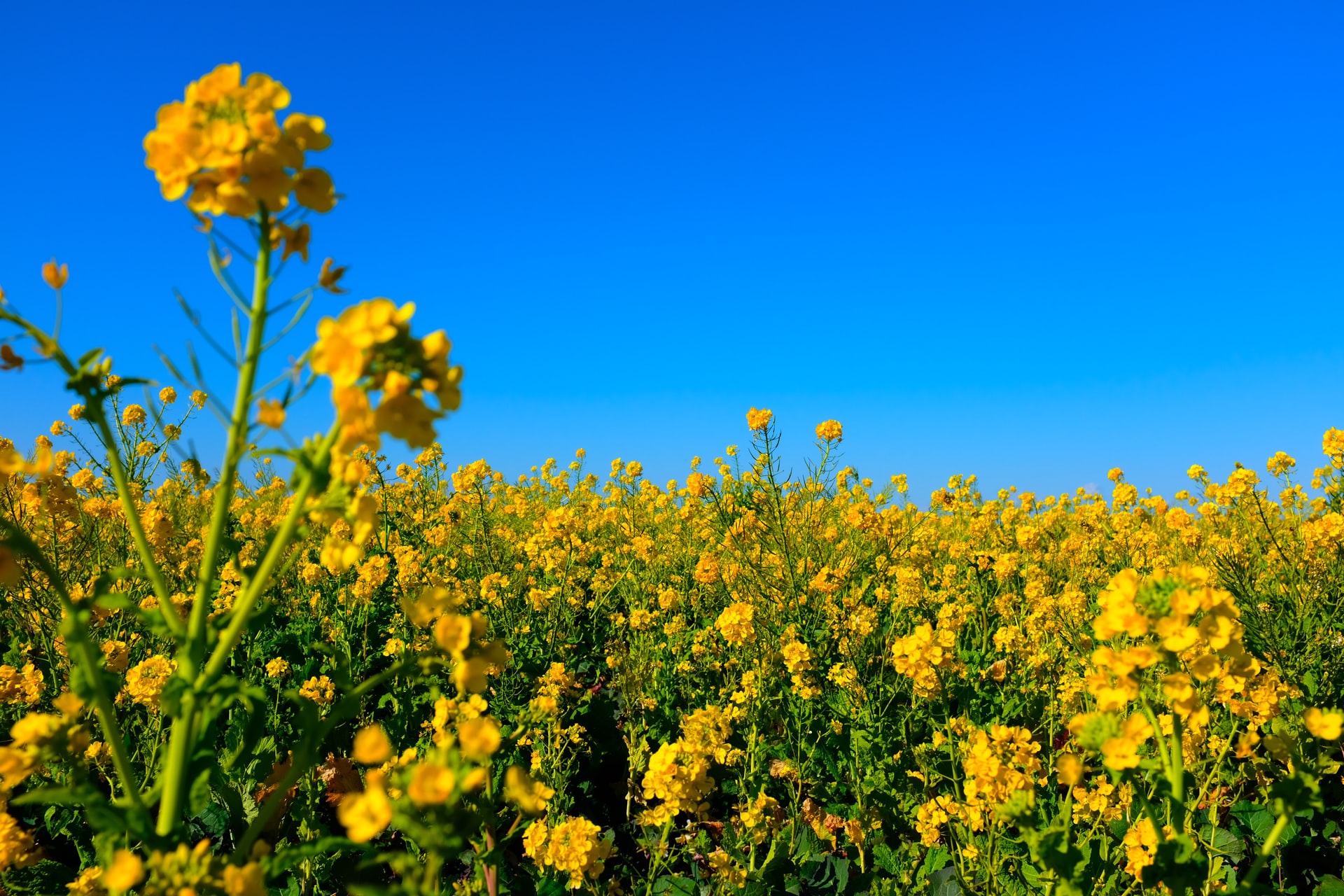
Significant increases to crop input prices hasn't slowed the efforts to plant this year's winter crop as almost the entire east coast has been gifted a well-timed and wide-spread autumn break.
Read MoreOptimal conditions align for winter crop
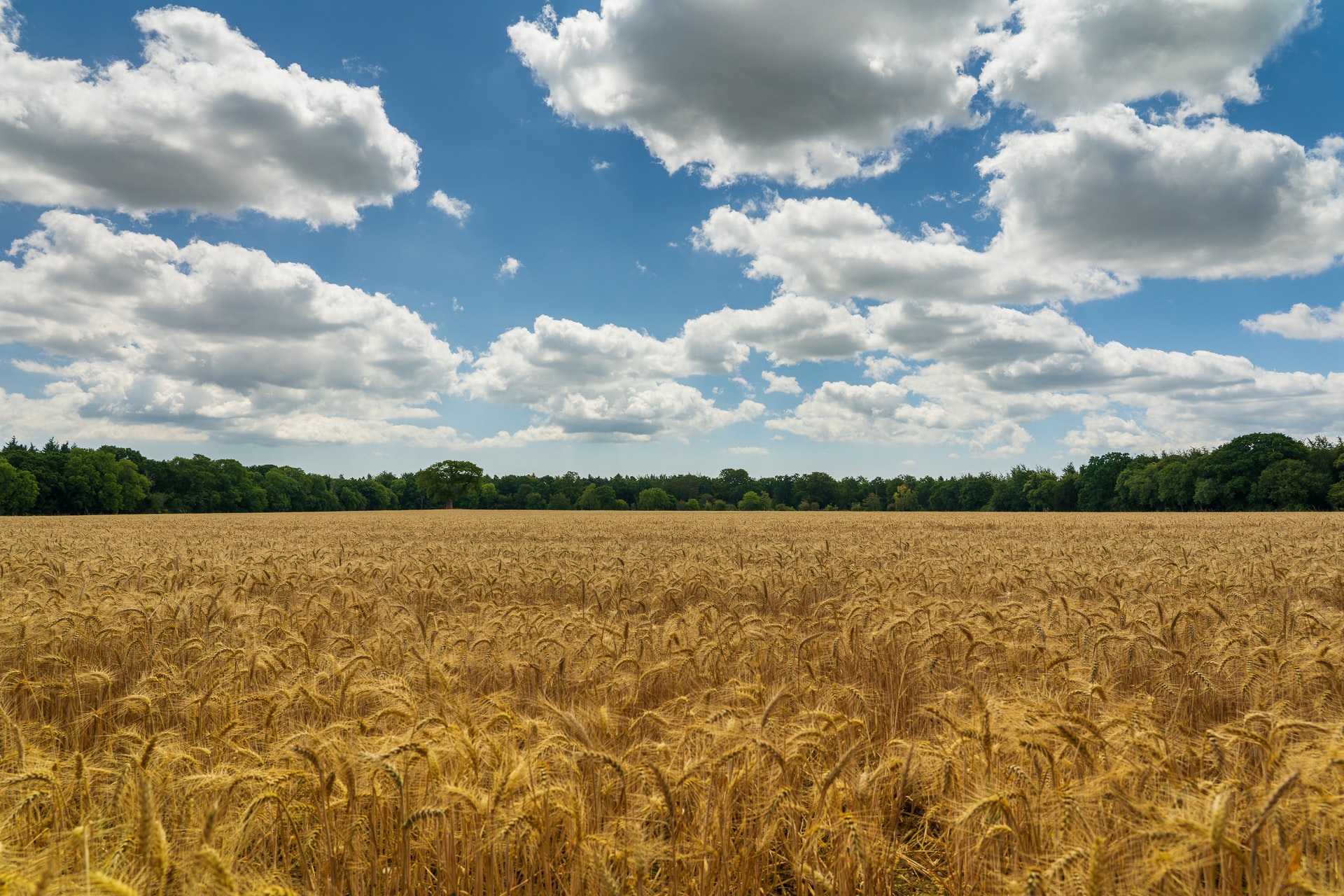
As sowing programs across the country ramp up on what for the most part is a full moisture profile, Australian farmers look primed to capitalize on record prices for their product.
Read MoreWhere to from here

In recent months 'volatile' seems to have been the word of choice to try and describe grain market movements and, given we unfortunately don't appear any closer to a resolution to the crisis in Ukraine, it appears this description is likely to remain popular for some time yet.
Read MoreExisting world grains issues persist

Another week rolls by and another round of inputs into the discussion, more forcibly argued depending on the side of the fence you sit, seller or buyer.
Read MoreWatching for the flashes

Without a meaningful resolution in sight for the crisis in Ukraine, the market continues to trade under the expectation that disruptions to Black Sea grains and oilseeds will be felt for a while yet, increasing the requirement for alternative origins to step up and fill the shortfall.
Read MoreSowing intentions start to emerge
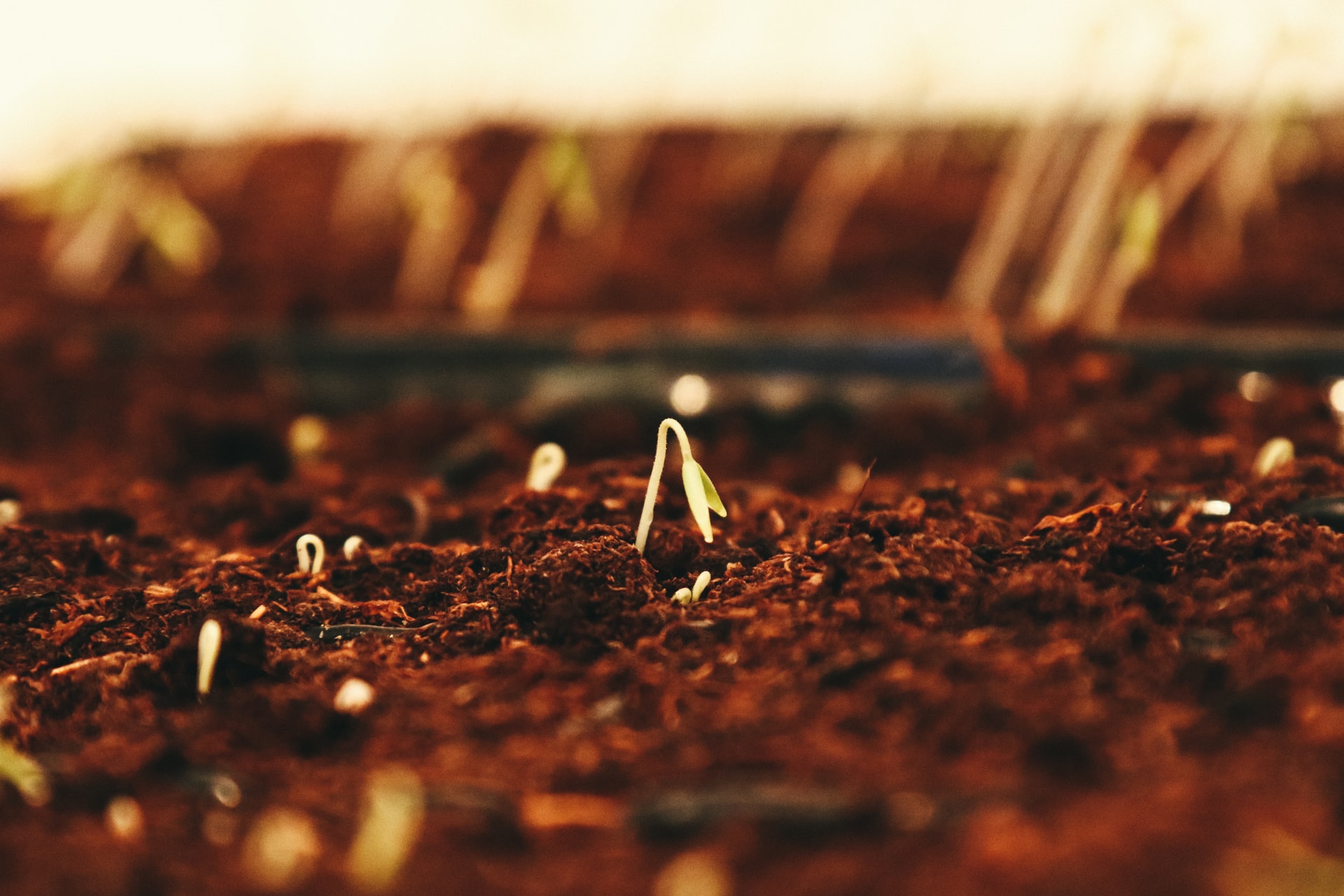
International markets continue to trade erratically on the back of expected supply chain disruptions due to the situation in Ukraine. Whilst we all hope for a swift end to the conflict, it is impossible to predict how things will progress and as such international markets continue to trade volatile ranges on a daily basis.
Read More